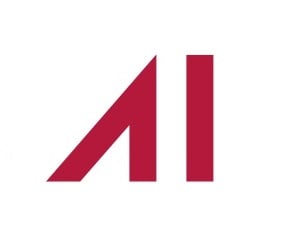 Welcome to Amanda Pullen, our new Callaghan Innovation intern, who has recently joined our Digital Engineering team. Amanda is currently studying for a Master’s in Data Science at the University of Canterbury. She loves working with data and spatial analysis and has already produced some exciting work such as predicting the solar energy potential of buildings with geospatial data collected using a drone, and developing new song recommendations based on user listening history from the Million Song Dataset.
Welcome to Amanda Pullen, our new Callaghan Innovation intern, who has recently joined our Digital Engineering team. Amanda is currently studying for a Master’s in Data Science at the University of Canterbury. She loves working with data and spatial analysis and has already produced some exciting work such as predicting the solar energy potential of buildings with geospatial data collected using a drone, and developing new song recommendations based on user listening history from the Million Song Dataset.
There are so many amazing insights to be gained from data. This is a fairly new industry and we have only explored the tip of the iceberg.”
During her three months at Abley, Amanda is researching potential applications of the ‘SafeView forward visibility model’ to better understand the potential applications for SafeView and quantify the potential benefit to road controlling authorities in New Zealand and internationally.
What is SafeView?
Do you remember the last time you overtook another car? How did you decide it was safe to do so? SafeView is an awesome product that shows the distance a driver can see ahead as they travel along a road. It takes visual obstructions like vegetation and road curvature into account.
In the past this was difficult to measure – and required engineers to be physically on site and use manual calculations to do this. SafeView makes the job easy. Processing an astonishing 500 000 calculations per second, SafeView can be performed across an entire road network as part of an automated and efficient process.
Why is this important?
Crashes on high-speed rural roads are a serious issue in New Zealand and Australia. Driver error during overtaking manoeuvres can result in head-on collisions at high speeds, involving forces the human body simply cannot withstand. The social impact of these collisions are far greater than the physics at play, and the resulting serious injuries or fatalities leave a lasting effect on families and friends.
A safer approach
These incidences can be reduced if we design a road network that allows drivers to see clearly ahead. SafeView can help us find the locations that are at high risk for unsafe overtaking, or where insufficient sight distances may lead to head-on collisions. The results of this analysis can be used in many ways – such as adjusting paint markings, trimming back vegetation, or applying safety design measures such as barriers, road re-alignment or passing lanes.
This proactive tool aligns with the approach that road systems should be forgiving of human mistakes to help reduce the severity of crashes. We can adjust existing infrastructure to make our roads safer. SafeView could also help us make changes to reduce travel times and improve flow, resulting in significant economic benefits.
Amanda’s work with SafeView will include a literature review of the best practice requirements for installing passing lanes and outline minimum overtaking distances for different speed environments. She will also analyse the benefits and costs of installing passing lanes and the role of driver frustration in dangerous overtaking. Watch this space for more blog posts on Amanda’s work on SafeView.

.png?width=556&height=152&name=Abley_MasterLogo-Website%20(1).png)


